I'm pretty sure this is Canarium commune (photos below), a close relative of Canarium ovatum, the Pili Nut. I took this photo and collected seed from Summit Botanic Garden outside of Panama City in Central America where they also have a collection of Pili nut among many other interesting species from their earlier years as an experimental garden.
Canarium commune, also known as Java Almond or Kenari Nut, is a tree native to Southeast Asia from Indonesia to New Guinea.
USES and ETHNOBOTANY
The edible nut / kernal can be eaten raw or cooked and is prepared in a variety of ways. In its area of origin it is highly valued as a traditional snack. The nuts can be used as a substitute for the common almond.
Nuts can be ground into a powder and used to make bread. The seeds are used in a wide variety of dishes by the local people. The seed contains about 72% oil, 13% protein and 7% starch. Interestingly, it has been found that adding a strained emulsion of the crushed, ripe kernels to cows milk will make the milk much more digestible when fed to babies and infants. An edible oil is obtained from the seed which is preferred to coconut oil by local people where Java Almond is traditionally grown and consumed.
An oil derived from Canarium commune is also used in the cosmetic and aeromatics industries called Elemi Oil. Elemi produces a bright lemony, woody fragrance with a hint of fennel, frankincense and grass. Elemi is known to be clarifying and cleansing with energizing properties. It stimulates mental ability and works well for morning meditation, tai chi or yoga exercises. It creates a spirit of hopefulness and is said to relieve depression.
Traditionally, people use elemi with substances that are refreshing and cleansing such as mastic, lemongrass, and sweet grass.
Elemi is also used topically to treat skin disorders and ulcers.
AGROFORESTRY
In agroforestry systems the tree is traditionally planted in nutmeg groves to provide shelter and shade and a secondary overstory crop.
The tree and its various products have a wide range of additional traditional uses.

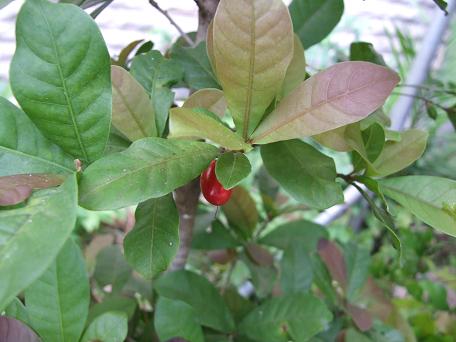


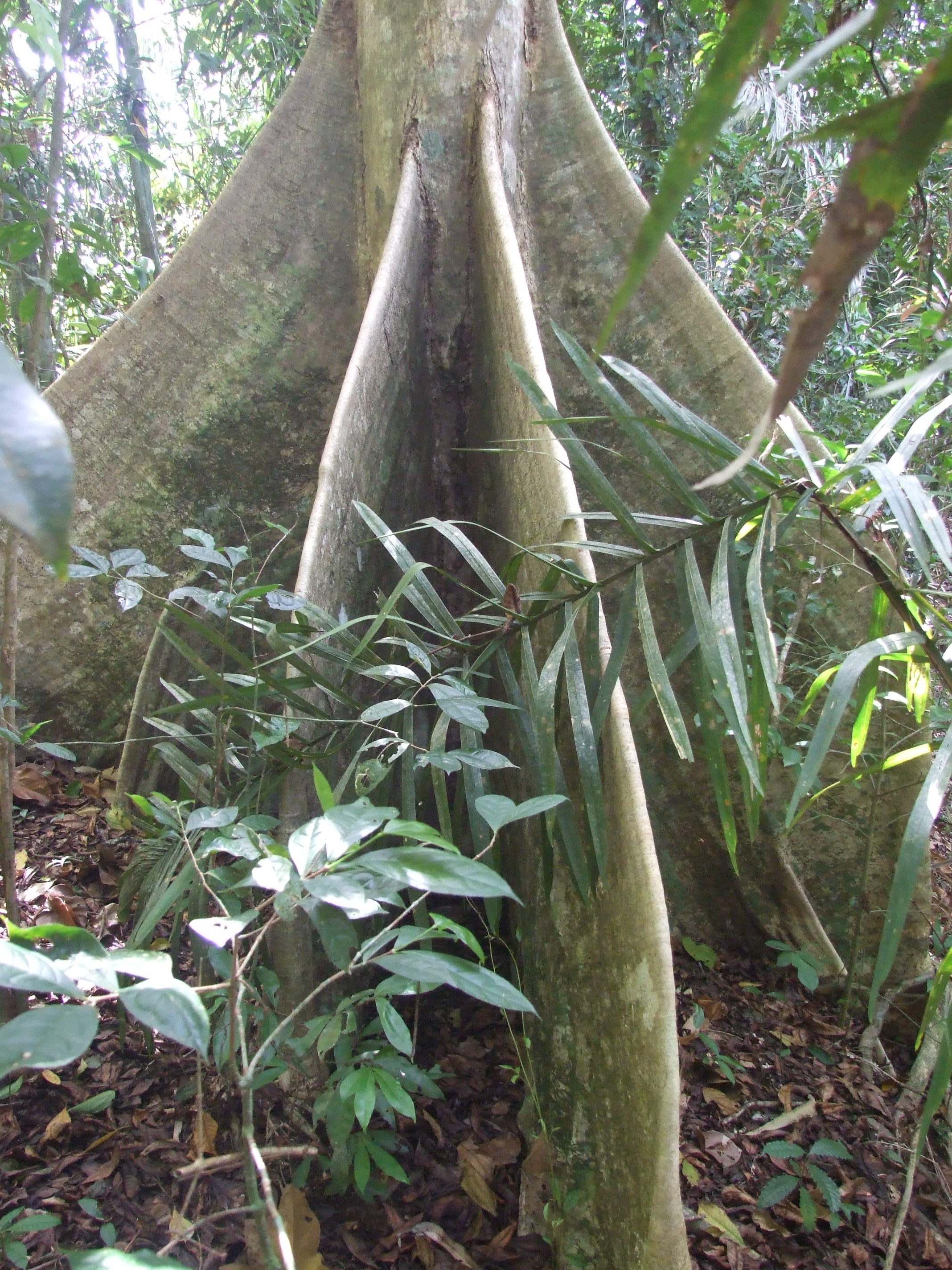
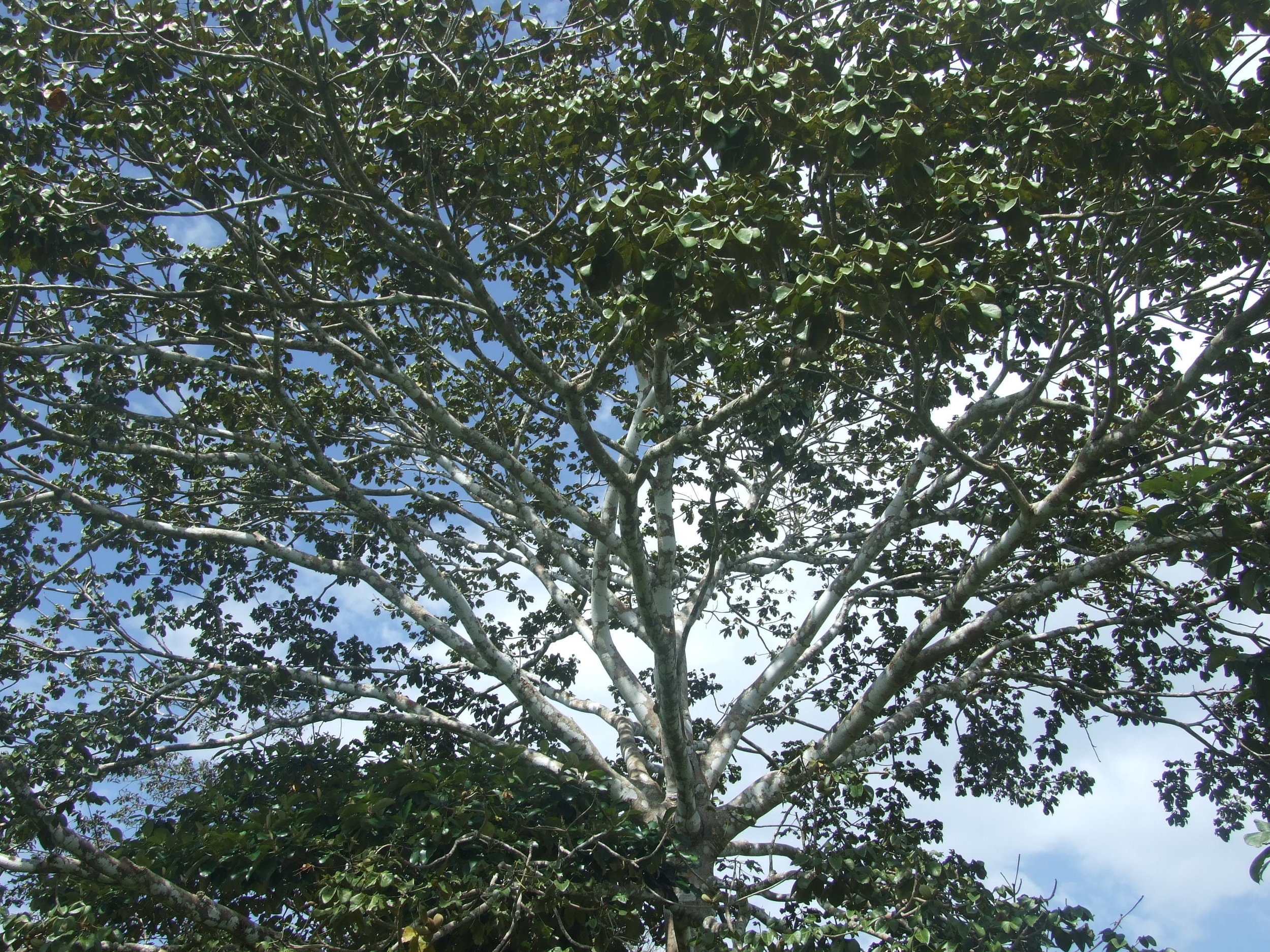
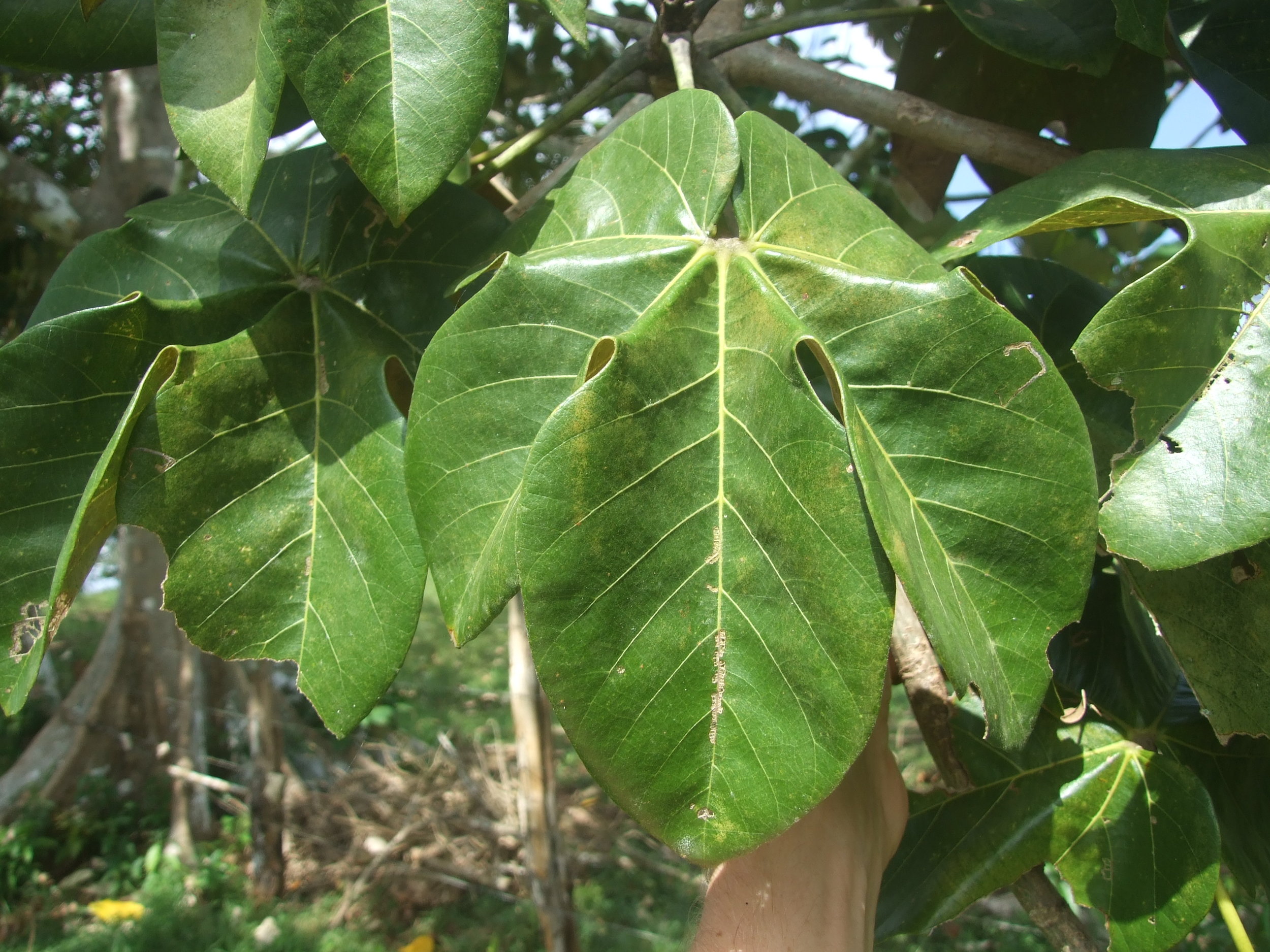
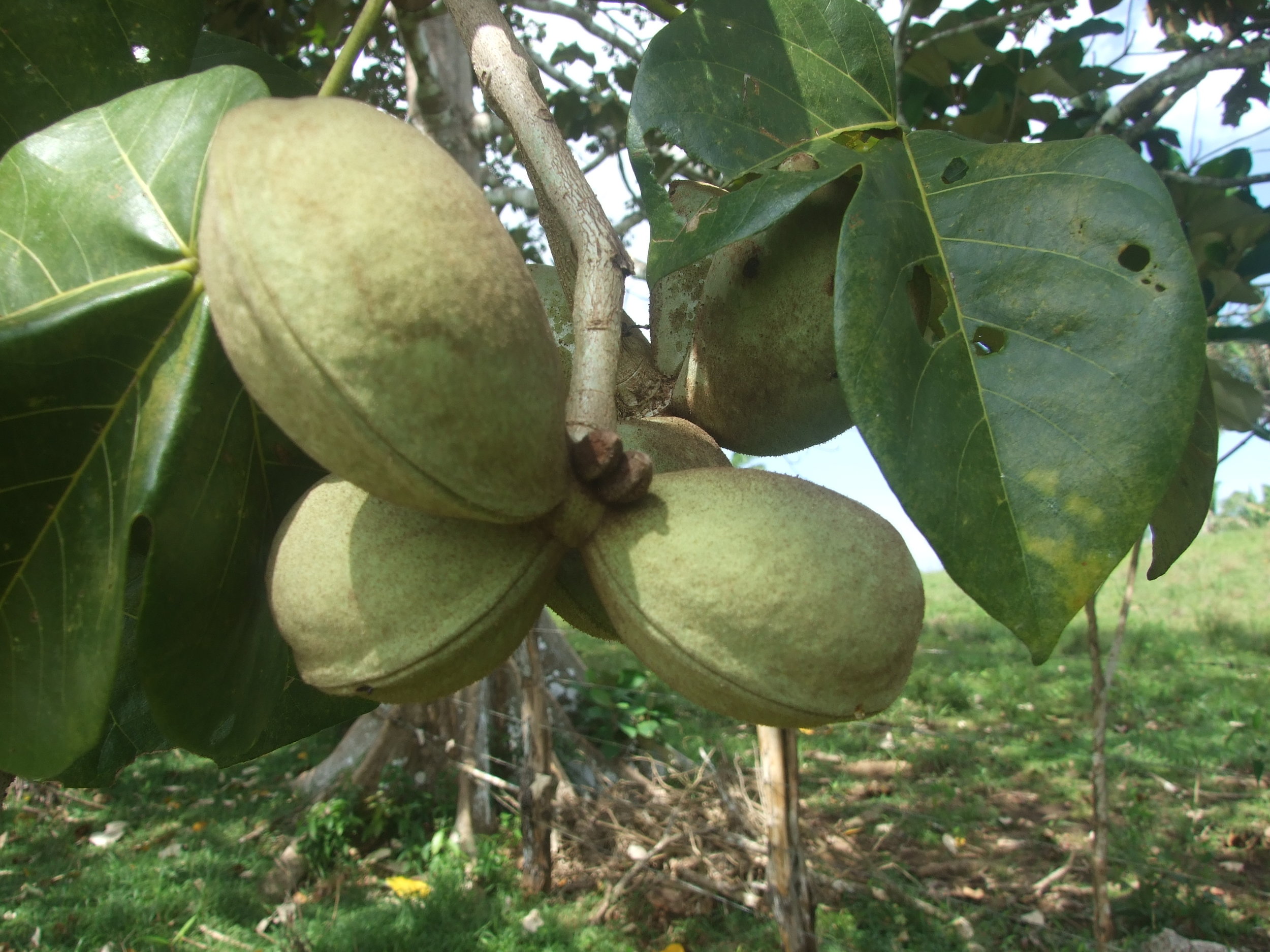

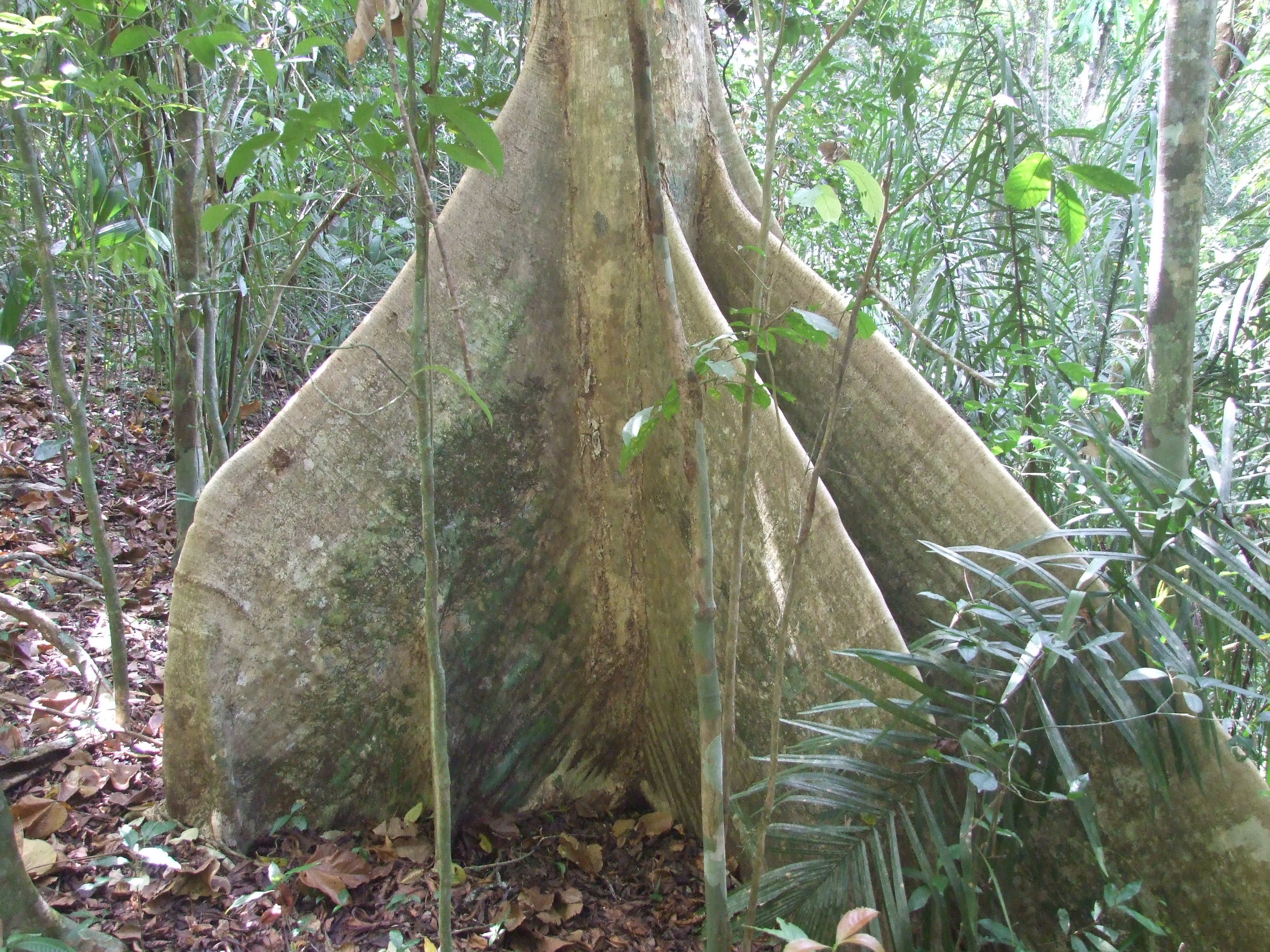



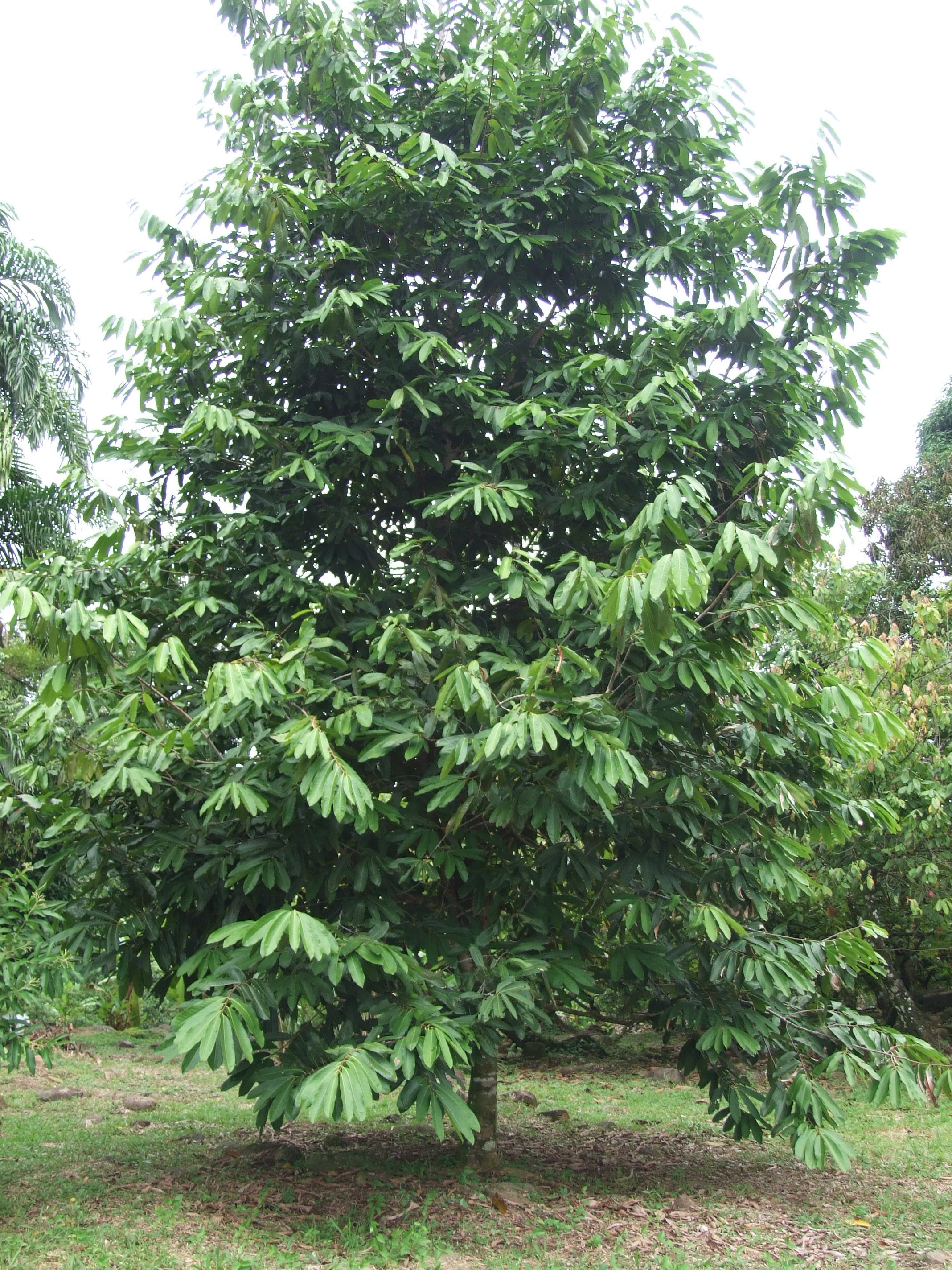
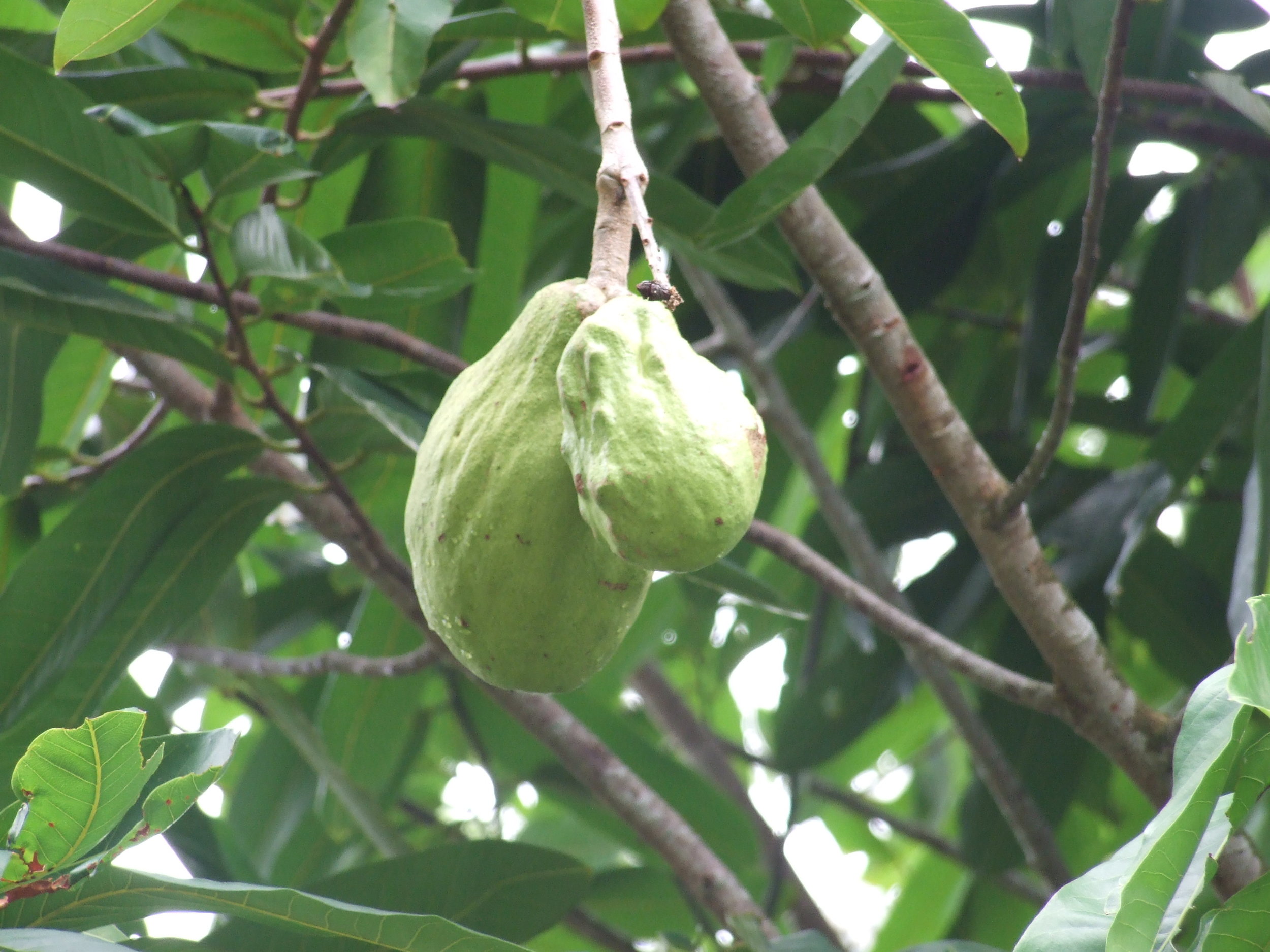
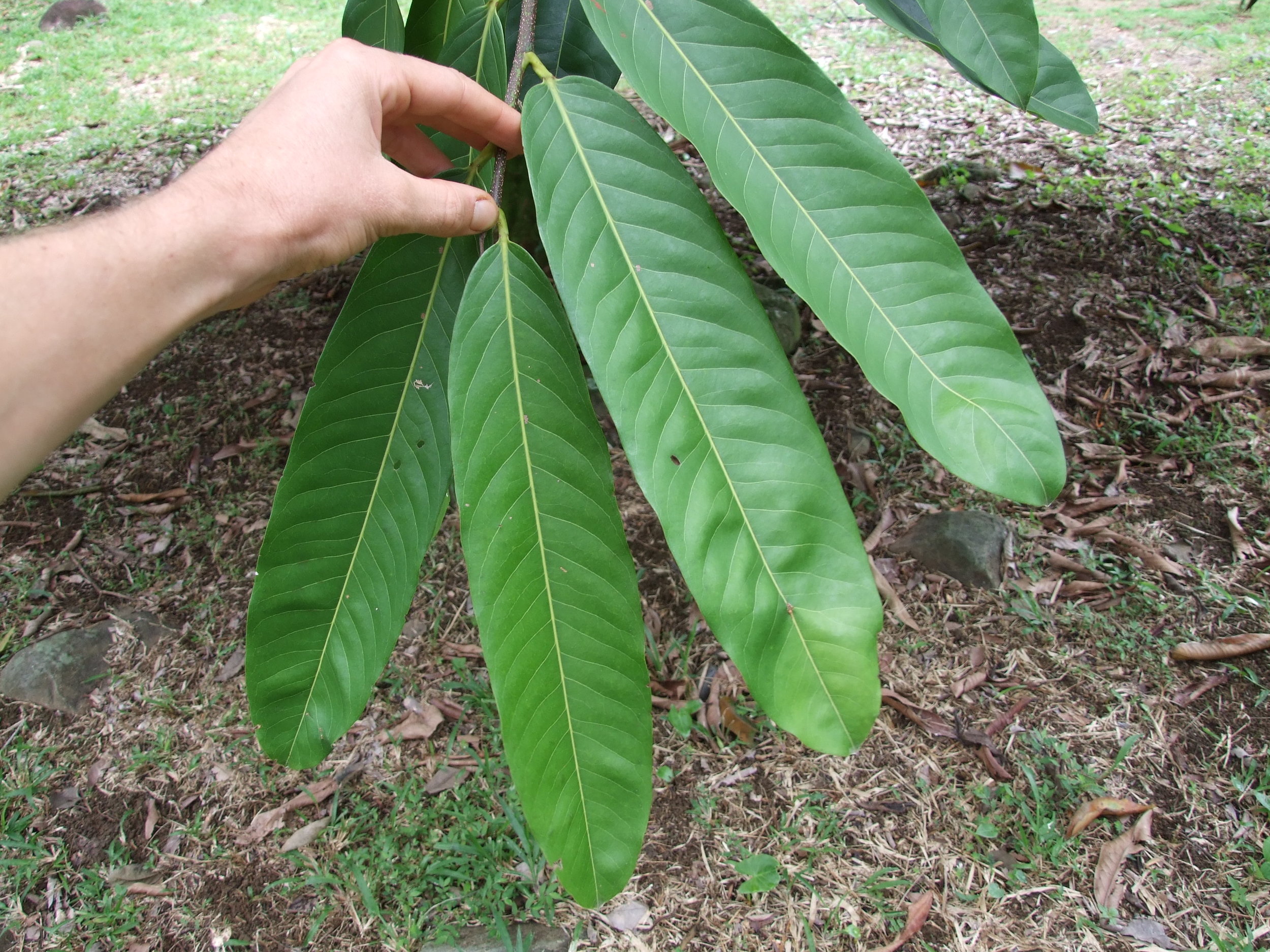
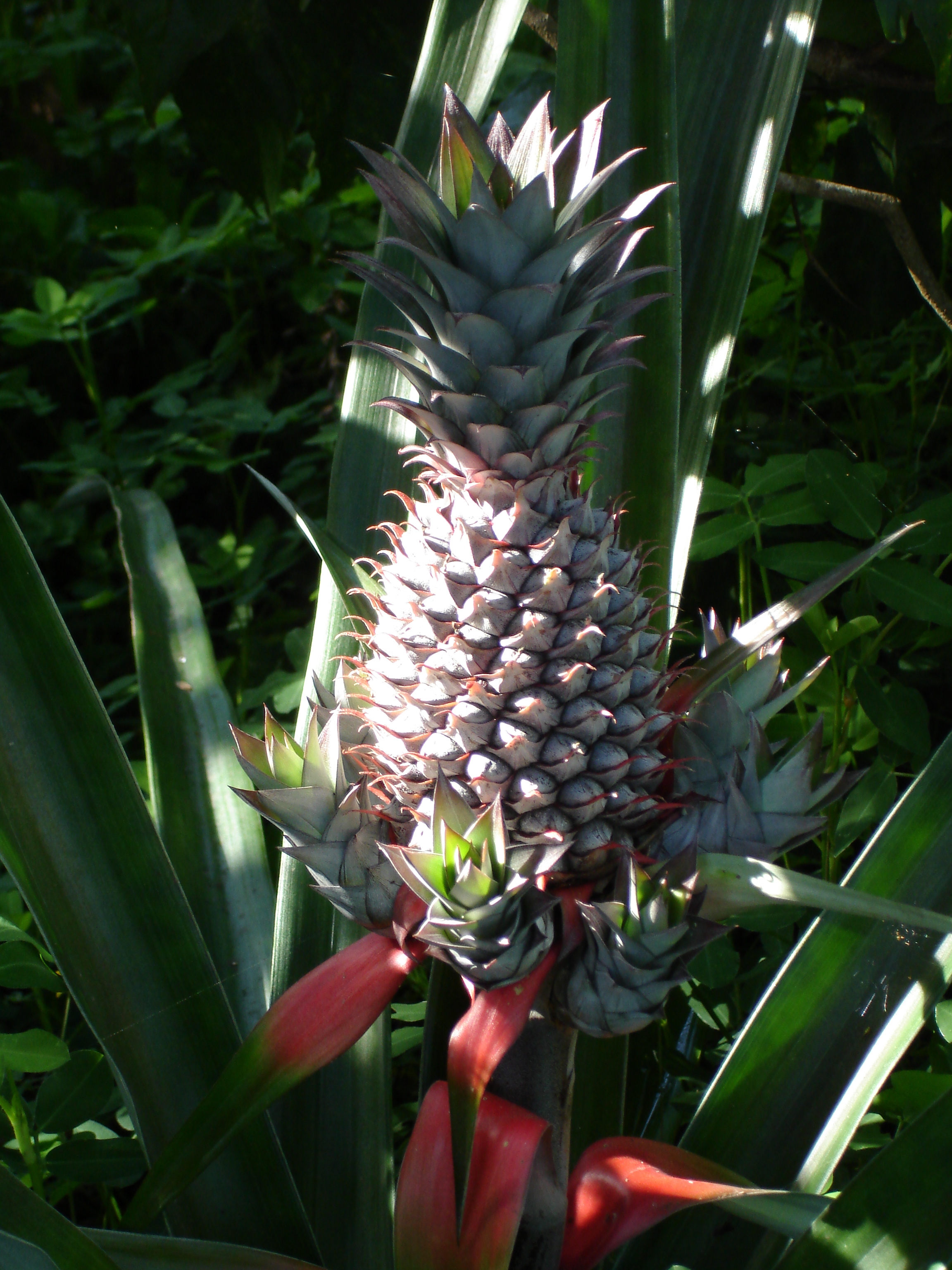 Pineapple is technically a perennial herb, native to the lowlands of northern South America. The pineapple has been cultivated thereabouts since pre-Colombian times. It first spread to Central America and was then introduced to the rest of the tropical world by the Portuguese and Spanish.
Pineapple is technically a perennial herb, native to the lowlands of northern South America. The pineapple has been cultivated thereabouts since pre-Colombian times. It first spread to Central America and was then introduced to the rest of the tropical world by the Portuguese and Spanish.